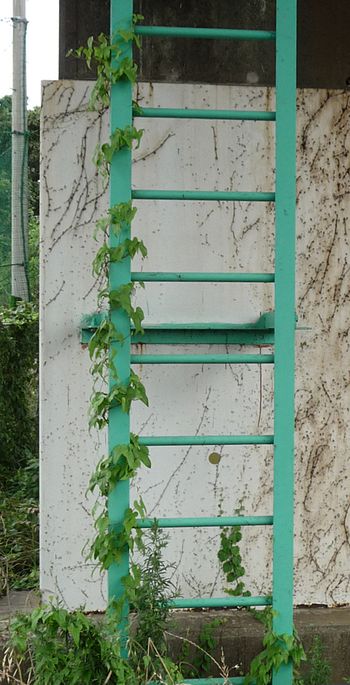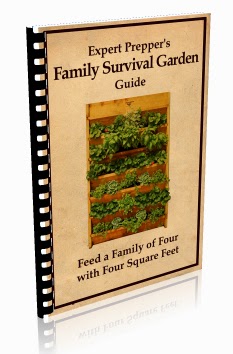How many times have you seen the prices
of fresh produce and wished that you could just grow your own fresh
fruits instead? It would be nice, but not everyone has the space
available to grow a fruit garden in their yard or home... or do they?
While any kind of gardening is a space intensive project, not having
a huge area you can devote to your garden shouldn't prevent you from
growing fruit at all. You just have to think creatively, plan out
your space, and make some smart choices and before you know it you'll
be biting into some fresh, juicy fruit for dessert!
| (Photo credit: Wikipedia) |
The first thing you need to do when
planning out your limited space is to look at exactly how much
you can or want to spare for your fruit, along with what kind
of fruits you'd like to grow. Thinking logically of course, even a
small fruit tree is going to take up a LOT more space than a patch of
strawberries so you have to be prepared to work with what you have.
When planning space many people often look outwards when in fact
thinking upwards can do just as well. Try using poles or cages to
give plants something to grow on that won't take up as much space as
growing the plant out over more garden space. Hanging planters work
well, too!
Speaking of planters, container
gardening is a great way to get fruits growing in a smaller space.
You can keep your plants exactly where you want them and, with proper
care, make sure that they won't grow over or out of control.
Planters can be anything as fancy as decorative ones you
might find at a home improvement or gardening store, or as simple as a
pot, barrel, can, or other space-appropriate container that your
fruit plant will grow and thrive in.
Last but not least, don't feel like you
have to grow a ton of fruit; you're not growing to stock a store,
just your own fridge. Pick out which fruits you're interested in
growing and do the math on how much space just those fruits growing
will be taking up. If you end up under your limit and want to grow
more, then great! If you end up over, simply plan on either scaling
back how much you want to plant, or maybe cut back and even grow
fruits in cycles, depending on what kind of fruit it is and how permanent the plants are.
The last thing that you should ever
feel when you're planning your garden is that you won't be able to
just because of limited space. Fruits are delicious, healthy, whole foods, and having
them fresh off of the branch or vine is the best way to enjoy them.
If you have the time, money, and are willing to put forth the effort
to maintain your fruit garden, your space should be no obstacle to the sweet taste of victory!





